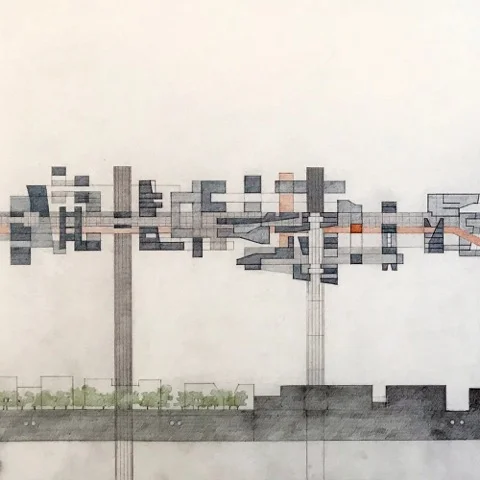56. The production of Cinema, Bollywood and the Cinema House with Sudhir Mahadevan
“…to understand why the cinema gained such a powerful social presence, you have to break it up into different objects and think of it in relation to different logics…”- Sudhir Mahadevan
This week, we discuss the booming industry that is Indian Cinema, the Cinema House and Bollywood with Associate Professor of Film Studies at the University of Washington, Sudhir Mahadevan.
Image: A Very Old Machine, Sudhir Mahadevan, SUNY Press 2015
Timestamp Outline
2:21 “So tell me, as a cinema scholar. Why is cinema so big in India?” - VP
Discussion of the many interpretations of cinema’s success in India, including the psychoanalytic work of Sudhir Kakar
5:08 References to the 1975 film, Deewaar
5:58 “…to understand why the cinema gained such a powerful social presence, you have to break it up into different objects and think of it in relation to different logics…”- SM
8:13 Contemporary culture surrounding Bollywood, especially concerning new platforms of cinema, Amazon and Netflix streaming services.
9:55 The emergence of Indie Film and increased access to more diverse genres with fewer ties to region.
11:19 “What is the relationship, as you see it, between the cinema house, as architecture, and the cinema? Why is this a critical relationship?”- VP
12:29 “…and so the traveling cinema show lasted, in India, much longer than in other parts of the world. So mobile cinemas, tent cinemas, the bioscopola, all of these people continued to operate, and their the lived space of the street became theatrical space on call…” - SM
14:51 Sudhir often refers to masala films in a discussion of how Indian cinema, due to its largely public viewing spaces, needed to entertain an especially diverse audience.
15:42 Classic examples of these films include works starring Amitabh Bachchan, “Deewaar”, “Sholay”
18:47 The impact of the multiplex
19:00 “What the multiplex has done is to make an intermediate form available that is neither entirely commercial or entirely art. It has made it possible for film makers to take up serious subject matter…” - SM
21:08 Discussion of the work of Phalke, Guru Dutt’s "Pyaasa" and the conflict between cultural legitimacy and commercial viability in Indian cinema
26:15 Krishna Shah’s "Shalimar" and "Cinema Cinema"
30:50 The epistemological challenge of film preservation in India
34:18 Vikram asks Sudhir, “What got you into cinema?”
38:27 The future of the Cinema house, Vikram references Paul Allen’s successful resurrection of Seattle’s Cinerama
44:46 Walter Benjamin’s theory of disenchantment and mechanical reproduction and how this notion is challenged in South Asian Cinema. Sudhir references again Pyaasa
48:26 The Bollywood Museum Project







